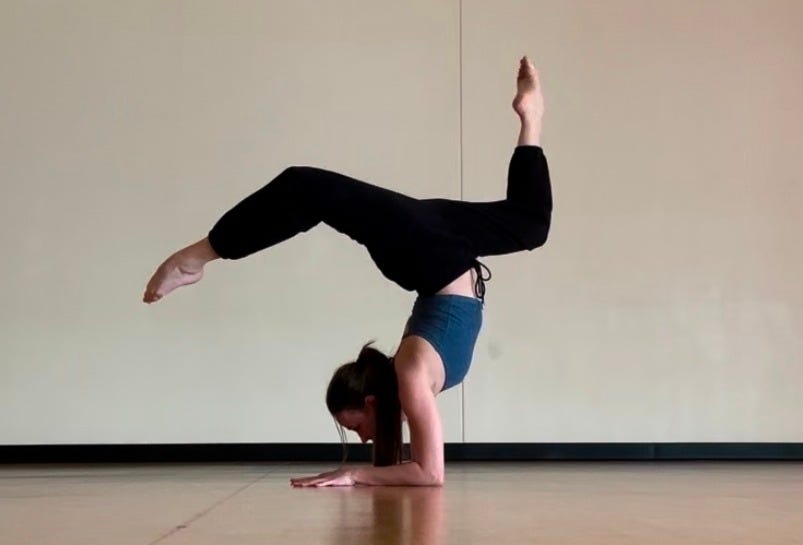Sometimes I get overwhelmed by all the colors and endless options in grocery stores — aisles and aisles of products, all marketing a ‘pick me’ approach to catch my eye.
My mom and brother get motion sickness.
My dad has had vertigo issues in the past.
I’ve seen clients who struggle to find coordination.
I’ve seen clients become dizzy or tense up when the exercise I give them may be too daunting.
What do these things have in common?
These are all examples of sensory mismatch, and I’m trained to keep an eye out on these things when working with students.
What is sensory mismatch?
To understand sensory mismatch, it’s good to understand sensory matching.
Your brain has 3 main systems for sensory input (signals that travel to your brain):
1. Visual system
2. Vestibular system
3. Proprioception system (read more about it here)
I listed them by number because the brain prioritizes these systems in a hierarchy.
The visual system is (most often) the highest prioritization in your brain. Typically it prioritizes your vestibular system next, with proprioception coming last.
In order to have sensory matching, all 3 systems must be:
Working together and giving clear information to the brain.
Be integrated correctly by the brain (brain mapping).
What happens when the information isn’t clear?
Sensory mismatch.
If you have sensory mismatch, it may mean:
1 or 2 of these systems is not giving clear information to the brain.
These 3 systems are not being properly integrated by the brain.
What happens when I have sensory mismatch?
There are countless consequences of sensory mismatch, and can be seen in the most active athletes or anyone in between:
Motion sickness
Vertigo
Dizziness
Poor coordination
Delayed reaction times
Balance problems
Fascial winding
Pain, scoliosis, fascial winding, muscle tension, weakness, anxiety, depression, and more.
In these cases, the brain is receiving mismatched input and creates a protective output to keep you safe.
For example, with motion sickness, when your eyes, inner ear, and body send conflicting messages to your brain, it feels unsafe.
Are we moving fast or not?
Vomiting and nausea are protective outputs - a sure way to remove yourself from the situation.
When all 3 systems are working together and integrated properly, your brain feels safe.
Safe = Less threat = Better performance.
Remember the hierarchy, and learn the difference between these systems to improve your athletic ability.
People are quick to focus on the muscle groups or biomechanics of movement that they want to change. You want to hold a longer plank? You want to improve a certain technique in your sport, or get a new PR of your bench press or run time? These are all amazing goals.
The way to reach those goals may be something you haven’t thought of before.
Understand that your visual and vestibular system plays a huge role in peak performance. (And it’s being used all the time, whether you know it or not!)
If you want to become a better athlete or be pain-free, understand that sensory matching is the goal.
When these 3 systems are working in harmony, your brain and body will strive towards peak performance (mentally and physically).
This newsletter will be broken into multiple parts, so …
Stay tuned for part 2: The Visual System
Thanks for reading and supporting my work.
Until next time -L
Questions? I’d love to connect!
If you’d like the learn more about sensory input, read here:
Sensory Mismatch: How It Shapes Our Daily Lives
The Hidden Edge: How Understanding Sensory Mismatch Can Revolutionize Athletic Performance










I always learn something new from you! It all makes sense - if you think about it (which most of us don't). Thanks for spreading your knowledge :)